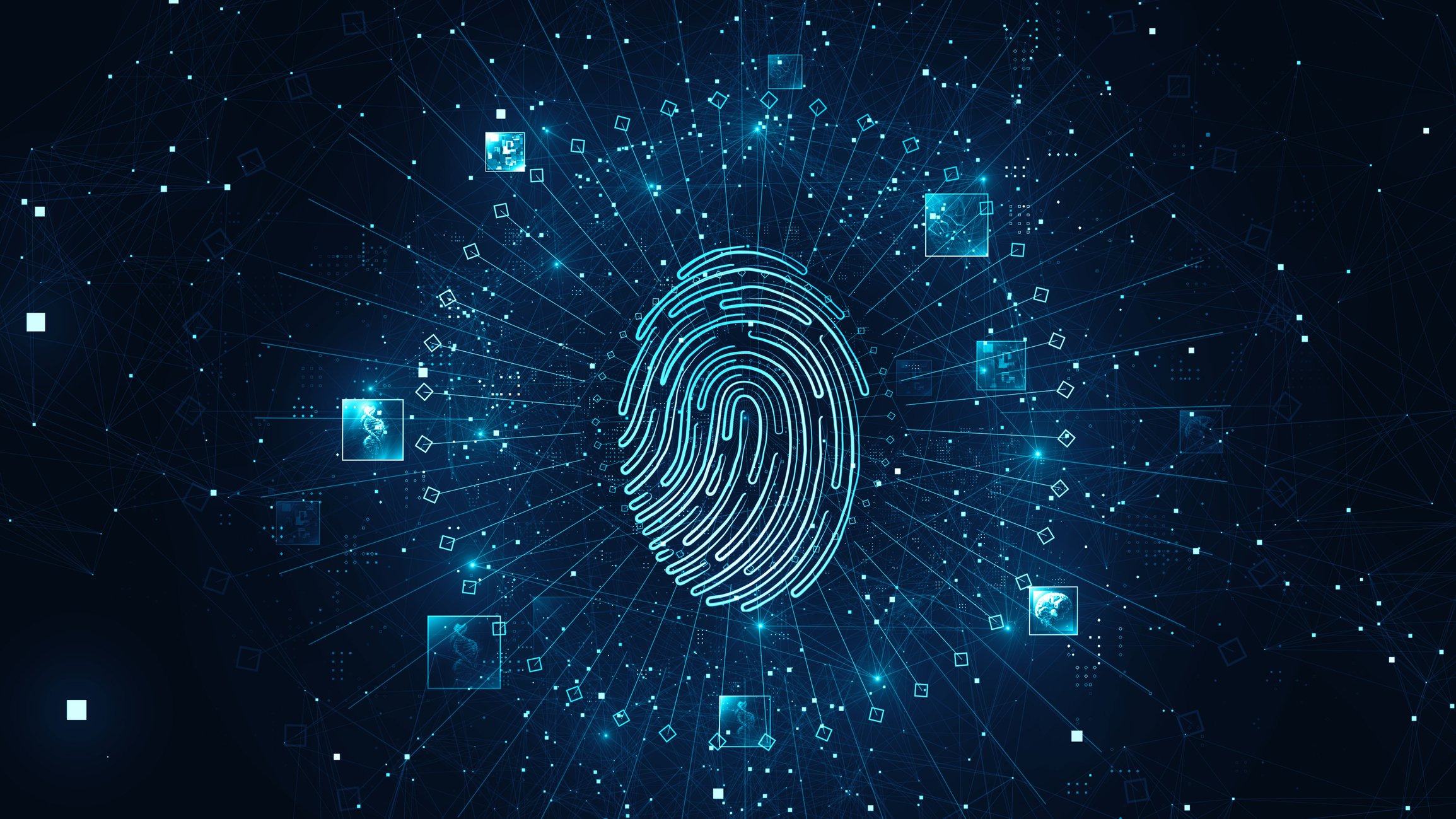Across the world, personal identities can be considered unique due to a person’s fingerprint; After all, two or more people have never been seen to share the same fingerprints. But, A new analysis by artificial intelligence (AI) suggests that fingerprints are not as unique as everyone thought.
According to a study published in the scientific journal Science Advances, a team of scientists from Columbia University in the United States trained artificial intelligence to analyze 60,000 fingerprints from the US government’s public database. from education, Artificial intelligence was able to detect whether unique fingerprints on different fingers belong to the same person.
After several analyses, the artificial intelligence was able to detect that unique fingerprints from different fingers belonged to the same person; a single pair of fingerprints achieved an accuracy of 77%. If the information is verified The forensic science industry will be greatly impacted, especially by the use of an AI model like this.
“Columbia engineers have developed a new artificial intelligence that shatters the long-held belief in forensics that fingerprints taken from different fingers of the same person are unique. They turned out to be similar, we just compared the fingerprints incorrectly,” said a study from Columbia University. It is explained in a statement.
Fingerprint and artificial intelligence
Scientists participating in the study explain that some data checks still need to be done to verify the accuracy of artificial intelligence, but the technology can increase the efficiency of forensic science by more than tenfold. A statement reveals that the study was rejected many times before being accepted by Science Advances, as there were still many skeptics on the subject.
The study authors note that they are aware of possible distortions in the data and that more careful validation of the paper is necessary. They believe this The AI-based model is not yet sufficient to solve a real case, but it could help prioritize some clues in more complex investigations.
“The AI wasn’t using ‘details,’ which are the branches and endpoints on fingerprint ridges that are the patterns used in traditional fingerprint comparison. Instead, it was using something else, having to do with the angles and curvatures of the vortices and turns at the center of the fingerprint,” said one of the study’s authors and Columbia University professor. Gabe Guo, an engineering student at the University.
Did you like the content? Therefore, always stay informed about the latest scientific studies using Artificial Intelligence technology at TecMundo. If you want, take the opportunity to understand how artificial intelligence manages to create fake fingerprints and fool biometric sensors.
Source: Tec Mundo
I’m Blaine Morgan, an experienced journalist and writer with over 8 years of experience in the tech industry. My expertise lies in writing about technology news and trends, covering everything from cutting-edge gadgets to emerging software developments. I’ve written for several leading publications including Gadget Onus where I am an author.













